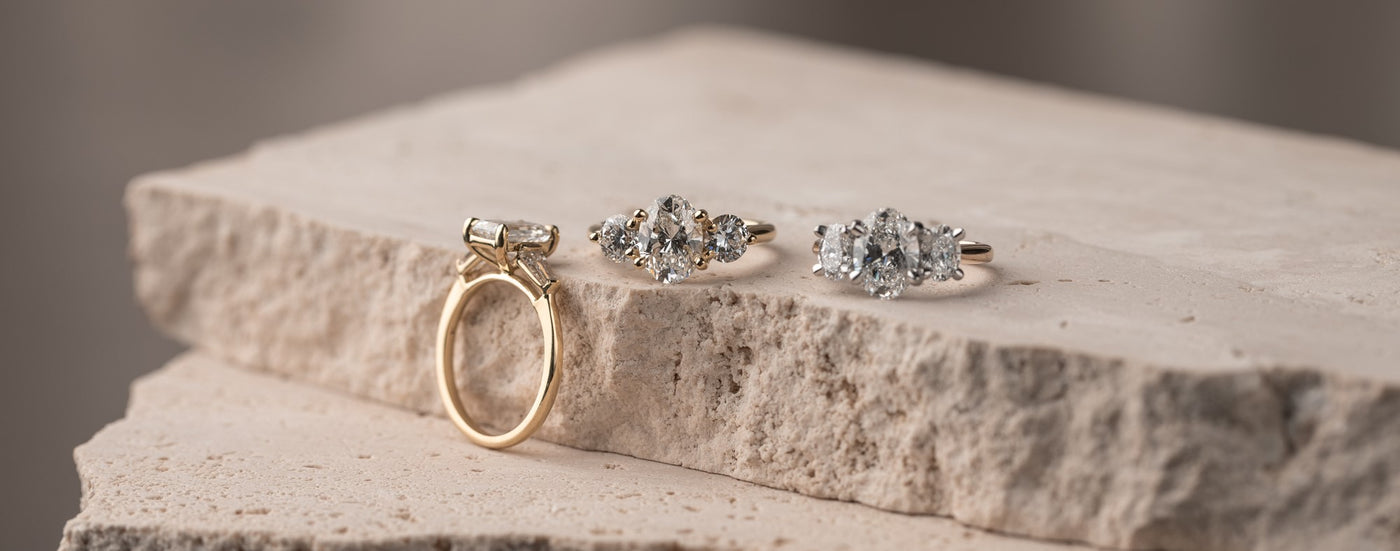
Understanding the Diamond 4C Chart: Your Guide to Choosing the Perfect Gem
October 20, 2024When it comes to buying a diamond, you’ve probably heard about the 4Cs. But what exactly are they, and why should you care? Let’s dive into the fascinating world of diamonds and unravel the mystery of the 4C chart!
Table of Contents
What are the 4Cs?
The diamond 4c chart, Color, Clarity, and Carat. They’re the key factors that determine a diamond’s quality and value. Think of them as the four pillars of diamond assessment. If you’re planning to buy a diamond, knowing these can save you from making a costly mistake. So, let’s break them down one by one.
Cut
The cut of a diamond is arguably the most crucial of the 4Cs. It’s all about how well the diamond has been shaped and faceted. A well-cut diamond will sparkle and shine brilliantly, while a poorly cut diamond may appear dull.
Types of Cuts
There are several popular diamond cuts you might encounter. These include:
- Round Brilliant: The most popular cut known for its brilliance.
- Princess: A square cut that combines elegance and sparkle.
- Emerald: A rectangular cut that showcases clarity and color.
- Asscher: Similar to emerald but with a square shape.
Each cut has its unique characteristics that can dramatically influence how a diamond looks.
How Cut Affects Brilliance
Imagine the diamond as a tiny prism. A well-cut diamond allows light to enter and reflect in ways that create mesmerizing sparkle and fire. Conversely, a poor cut can cause light to escape through the bottom, leaving the diamond looking lifeless. This is why cut quality is essential—it’s the difference between a gem that wows and one that falls flat.
Color
Next up is color. Diamonds come in a variety of colors, but most people are looking for that classic white diamond. The diamond color scale ranges from D (colorless) to Z (light yellow or brown). The less color a diamond has, the more valuable it tends to be.
The Color Scale
- D-F: Colorless diamonds; very rare and valuable.
- G-H: Near colorless; still looks stunning to the naked eye.
- I-J: Slightly tinted; may show color when compared to higher grades.
- K-Z: Increasingly yellow or brown; more affordable options.
How Color Impacts Value
While a D color diamond is a real showstopper, it’s also pricier. Many buyers opt for G or H grades, which offer excellent value without sacrificing beauty. Think of it as getting the same taste of luxury at a fraction of the cost!
Clarity
Clarity refers to the presence of imperfections, known as inclusions and blemishes, in a diamond. It’s like checking for flaws in a painting—every little mark can affect its value.
Types of Clarity
Clarity is graded on a scale from Flawless (no inclusions visible under 10x magnification) to Included (inclusions visible to the naked eye). Here are the main categories:
- Flawless (FL)
- Internally Flawless (IF)
- Very Very Slightly Included (VVS1, VVS2)
- Very Slightly Included (VS1, VS2)
- Slightly Included (SI1, SI2)
- Included (I1, I2, I3)
How Clarity Affects Appearance
Higher clarity grades not only enhance the diamond’s brilliance but also its overall appearance. A diamond with significant inclusions may look beautiful at first glance but can diminish its allure up close. So, if you want your diamond to shine, it’s worth investing in a higher clarity grade!
Carat Weight
Carat weight measures how much a diamond weighs, man made diamonds, with one carat being equal to 200 milligrams. But here’s the catch: carat weight doesn’t directly correspond to size.
Carat vs. Size
Two diamonds can weigh the same carat but look different in size due to their cut. For instance, a well-cut diamond may appear larger than a poorly cut one of the same weight. It’s all about how the diamond’s dimensions play out visually!
How Carat Affects Price
As you might expect, the more carats a diamond has, the more expensive it will be. However, the price per carat increases significantly as you move up in carat weight, making larger diamonds considerably more costly. Think of it like real estate—location matters, but size boosts the value!
Why the 4Cs Matter
So, why should you care about the 4Cs? They’re not just fancy terms; they’re the language of diamonds! Understanding these factors helps you make an informed decision and ensures you’re getting the best value for your investment. Whether you’re buying an engagement ring or a pair of earrings, knowing the 4Cs will guide you toward your perfect piece.
If you’re looking for beautiful and unique diamonds, visit us at novitadiamonds.de. Click the link to browse our collection and place your order today!
Tips for Using the 4C Chart
When you’re ready to shop for a diamond, here are some practical tips to make the most of the 4C chart:
- Prioritize: Determine which of the 4Cs matters most to you. Is it the cut, color, clarity, or carat weight?
- Set a Budget: Knowing your budget upfront can help narrow your choices and avoid overspending.
- Ask Questions: Don’t hesitate to ask jewelers about their grading processes. Understanding their standards can help you make better choices.
- Visualize: Always compare diamonds side-by-side to see how they stack up against each other. This can help you appreciate the differences in cut, color, and clarity.
Conclusion
Navigating the world of diamonds can be overwhelming, but understanding the 4Cs is your golden ticket to making a smart purchase. Whether you’re looking for a sparkling engagement ring or a timeless piece of jewelry, keeping the 4C chart in mind will guide you to a beautiful selection that fits your style and budget. So next time you’re out diamond shopping, you’ll walk in armed with knowledge—ready to dazzle!












